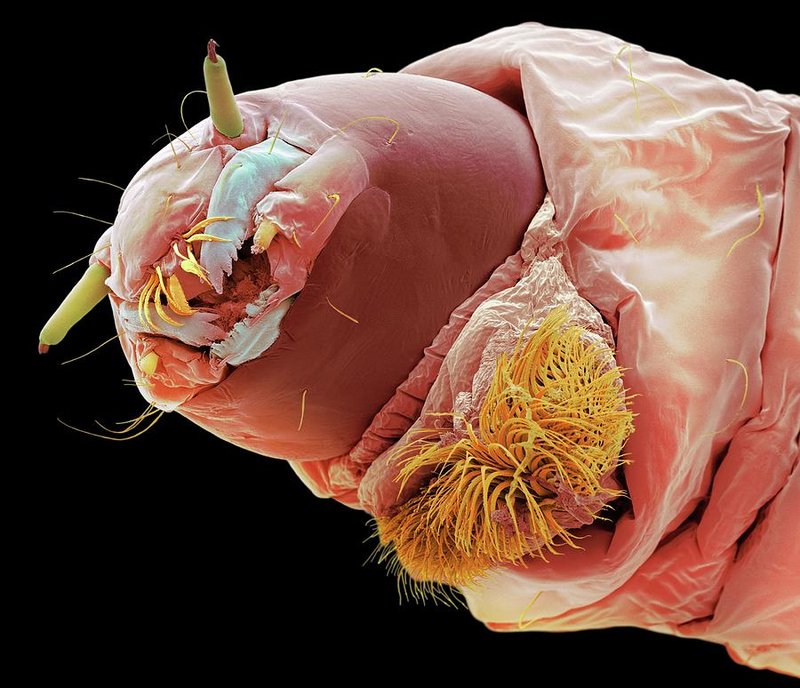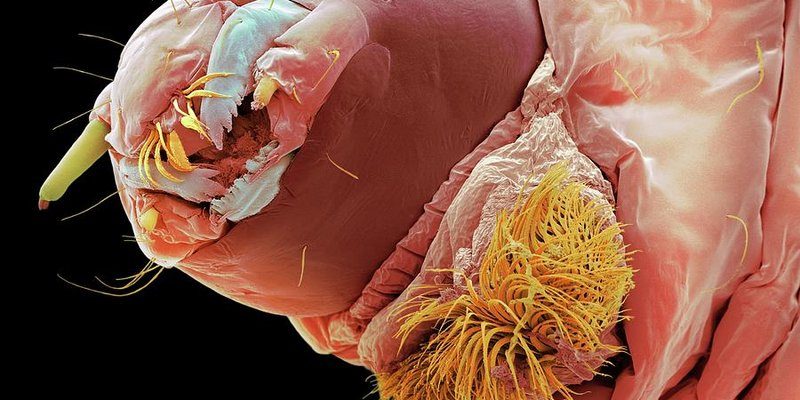
Bloodworms are aquatic larvae of the genus *Chironomus*, commonly found in freshwater ecosystems. They thrive in various environments, from ponds and lakes to marshes and rivers. Their bright red color comes from the hemoglobin in their bodies, which allows them to thrive in oxygen-poor conditions. You might think of them as the ultimate survivalists, adapting to their surroundings and providing vital services to their ecosystems. In this article, we’ll explore their ecological significance, their role in food chains, and how they impact overall water health.
What Are Bloodworms?
To truly appreciate the ecological importance of bloodworms, we first need to understand what they are. Bloodworms are the larval stage of non-biting midge flies. They grow to about 2 to 3 inches long and have a distinctive bright red hue, making them easily identifiable. Their life cycle begins when adult midges lay eggs in or near water. Once the eggs hatch, the larvae emerge and begin their lives as bloodworms.
These worms are equipped with a unique respiratory system, allowing them to thrive in low-oxygen environments. The hemoglobin gives their bodies the oxygen-binding capability that enables them to survive where other organisms might struggle. Picture a tiny oxygen factory working diligently in the mud and muck. This adaptability not only allows them to survive but also helps keep their environment in balance.
When bloodworms mature, they undergo metamorphosis to become adult midges, completing their life cycle. This transformation connects them to other species in the ecosystem. Adult midges are not just mere nuisances; they are also crucial pollinators for many plants. Understanding their life stage helps us see the bigger picture of how bloodworms fit into the broader ecological landscape.
The Role of Bloodworms in the Food Chain
Bloodworms are essential players in the food web of aquatic ecosystems. They serve as a primary food source for various fish and other aquatic creatures. This relationship is vital because healthy populations of bloodworms can support larger fish populations, which are crucial for both commercial and recreational fishing.
Think about it: without bloodworms, fish populations would decline due to a lack of food. That decline can ripple through the ecosystem, affecting birds, mammals, and even humans who rely on these fish for food. Anglers especially should appreciate the significance of bloodworms; many fish, like trout and bass, find them irresistible.
But it doesn’t stop there. Bloodworms also feed on decaying organic matter, making them a part of the *detritus* food web. By breaking down this organic material, they help recycle nutrients back into the ecosystem, promoting a healthier aquatic environment. Essentially, bloodworms facilitate a cycle that supports life, both big and small.
Bloodworms and Water Quality
You might be wondering how bloodworms contribute to water quality. Well, they play a crucial role in nutrient cycling and overall ecosystem health. As they feed on decaying organic matter, they help break it down into smaller particles, which can then be consumed by other organisms. This process aids in the reduction of harmful algae blooms that can occur when organic waste accumulates in water bodies.
By consuming excess organic matter, bloodworms help maintain a balanced ecosystem, which prevents the water from becoming too polluted. Think of them as nature’s clean-up crew, working quietly behind the scenes to ensure the health of freshwater systems.
Additionally, the presence of bloodworms can indicate the health of an aquatic ecosystem. In areas with good water quality, you’ll find thriving populations of these worms. Conversely, if bloodworms begin to die off or disappear, it could signal underlying problems, such as pollution or habitat degradation. This makes them a kind of bioindicator—an early warning system for environmental issues.
Impact on Biodiversity
Biodiversity is the backbone of any healthy ecosystem, and bloodworms contribute to that diversity in several ways. First, their existence supports a variety of fish species that depend on them as a food source. This connection encourages a diverse community of aquatic life, each playing their respective roles in the ecosystem.
Moreover, bloodworms are part of a larger community of organisms that share their habitats. They coexist with other larvae and microscopic organisms, creating a rich tapestry of life. This diversity increases resilience within ecosystems—the more species present, the better they can withstand environmental changes or disruptions.
You might also find bloodworms in unexpected places. They can adapt to different habitats, from stagnant ponds to moving streams. This adaptability helps maintain diversity across various ecosystems. By supporting a wide range of organisms within their environments, they help promote overall ecological health.
Human Uses of Bloodworms
While bloodworms are essential for ecosystems, they also have some interesting human uses. For instance, they are commonly used as live bait in fishing, especially for anglers targeting freshwater fish. Their natural appeal to fish makes them an effective bait option, and many fishermen swear by their effectiveness in attracting bites.
In addition to fishing, bloodworms have found their way into the aquarium trade. They are often sold as a high-protein food source for various aquarium fish and invertebrates. Their nutritional value and appeal can help maintain healthy aquarium populations, contributing to the hobbyist’s success.
Interestingly, bloodworms are also studied in scientific research. Their unique adaptations to low-oxygen environments provide insights into how organisms cope with extreme conditions. This research can lead to advancements in understanding pollution effects and ecosystem dynamics, benefiting both science and environmental awareness.
Threats to Bloodworm Populations
Despite their resilience, bloodworm populations are not invincible. They face several threats that can jeopardize their existence and, by extension, the health of aquatic ecosystems. One major threat is habitat destruction caused by pollution, urbanization, and agricultural runoff. When water bodies become contaminated, it can lead to declines in bloodworm populations, impacting the species that depend on them.
Another concern is climate change, which can alter the delicate balance of freshwater ecosystems. Changes in temperature and precipitation patterns can affect the availability of suitable habitats for bloodworms. This not only threatens their survival but can also disrupt the entire food web.
Furthermore, overfishing and the introduction of invasive species can create additional pressures on bloodworm populations. As fish populations decline due to overfishing, there may be fewer predators relying on bloodworms for food, which can disrupt their natural balance.
Bloodworms may be small and often overlooked, but their ecological importance is immense. From supporting fish populations to maintaining water quality, they play crucial roles in aquatic ecosystems. By understanding and appreciating these little creatures, we can better advocate for the health of our water bodies.
Protecting bloodworm habitats is essential for preserving the balance of our aquatic environments and ultimately supports the well-being of many species—humans included. So next time you see a bloodworm, remember the big impact this tiny creature has on our world and consider how we can respect and protect the ecosystems where they thrive.

